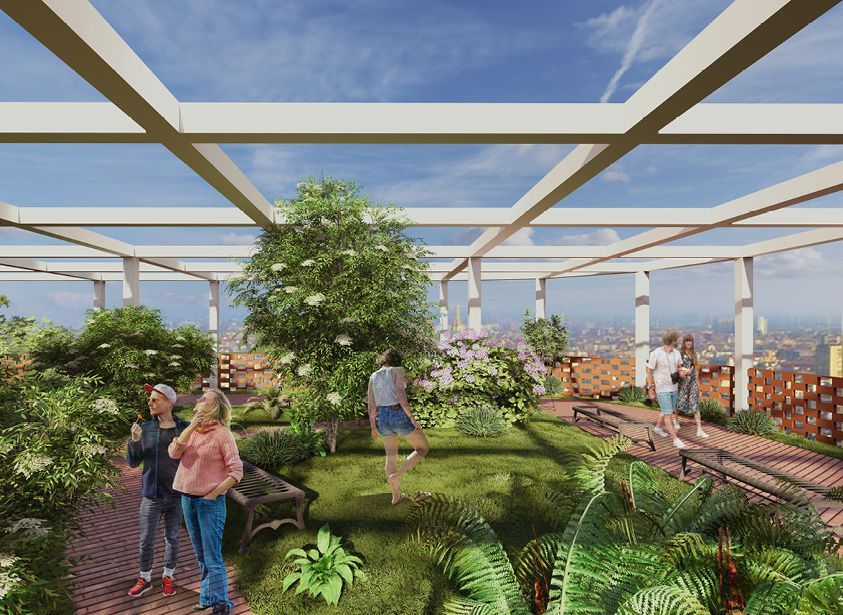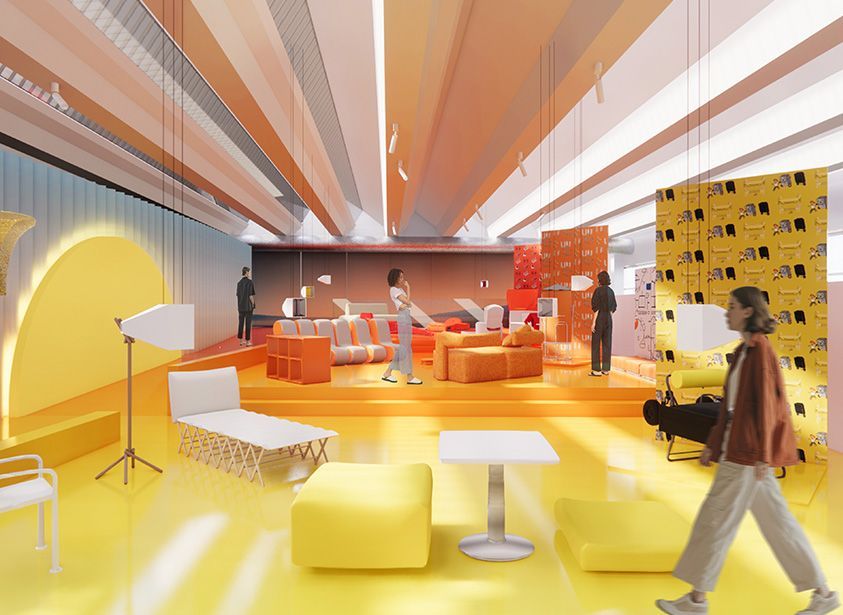Francesco Fistarol and the Making of a Modern Creative

At Domus Academy’s Connecting the Dots session Francesco Fistarol, alumnus of the Master in Visual Brand Design, presented a professional trajectory that reflects the shifting demands of the creative industries today: adaptive, hybrid, and deeply attuned to digital ecosystems.

Fistarol’s session did not follow a traditional narrative arc. Instead, it unfolded as a sequence of lived moments, decisions made in context, and environments chosen for their potential to catalyse—not just support—creative growth.
Francesco’s career has been built at the intersection of design, content, and entrepreneurship. His speech at Domus Academy wasn’t to outline a formula, but to expose a framework: a way of thinking and moving that reflects the pace and texture of the contemporary freelance landscape. He didn’t isolate phases of his work. He integrated them—showing how brand consulting, digital storytelling, video production, and community-building operate less as departments and more as extensions of a singular vision.

A major focus of the talk was the function of digital presence as professional infrastructure. For Francesco, platforms like Instagram are not mere distribution tools—they are operational spaces where positioning, outreach, and proof of expertise happen simultaneously. His content is not separate from his consultancy—it is the consultancy, expressed visually and iteratively.
He emphasised that visibility is not a passive outcome of good work but part of the work itself. Aesthetic clarity, consistency of tone, and alignment with brand DNA were positioned as non-negotiables, not extras. For students, the message was implicit but precise: if you don’t shape your online narrative, someone—or no one—will do it for you.
Francesco did not rely on abstract advice about networking. He provided a grounded model of professional proximity—selecting environments where personal routine and business opportunity overlap. The example of his membership at a selective Milanese gym was illustrative: chosen not for affordability or convenience, but for its concentration of design- and media-savvy individuals.
This wasn’t opportunism—it was strategic embeddedness. For Francesco, access came through context, not cold outreach. His message underscored the importance of physical presence in a creative economy that, while increasingly digital, still relies on face-to-face credibility and shared spaces.
The portrayal of freelance life was neither romanticised nor dramatised. Francesco laid bare the operational complexity of running an independent studio. Creative work, for him, is not isolated from business logic. Project timelines, brand strategy, client communication, and technical execution are tightly interwoven. The creative is also the operator.
Rather than portraying independence as freedom from structure, he framed it as the responsibility to build one. Ownership, not flexibility, is what underpins his day-to-day. The notion of a fixed role—designer, director, strategist—has been replaced by a composite approach where each client engagement demands cross-functionality.
For the audience—composed largely of postgraduate students—Francesco offered a clear shift in mindset. Career development was not presented as something that starts after formal education, but something that can and should begin in parallel. Internships were described as diagnostic tools, less about prestige and more about internal calibration. The goal: understand what type of problem-solving environment suits your rhythm, not simply accumulate names for a CV.
He encouraged clarity in outreach—understanding who to approach, how to offer value, and what kind of tone elicits engagement. Vague enthusiasm, he suggested, often gets lost. Specificity is a differentiator.
Francesco’s talk did not prescribe steps. It revealed patterns. The pattern of consistent visibility. Of choosing proximity over remoteness. Of integrating personal decisions with professional positioning. The underlying structure of his career—though fluid in form—is marked by precision in action.
In a session defined by subtle shifts rather than grand declarations, students were left with a renewed sense of agency. The boundaries between disciplines are thinner than ever, but so are the barriers to entry. The challenge now is not just to be creative—but to remain relevant, responsive, and strategically placed. Francesco’s example didn’t simplify that challenge—but it made its shape visible.





